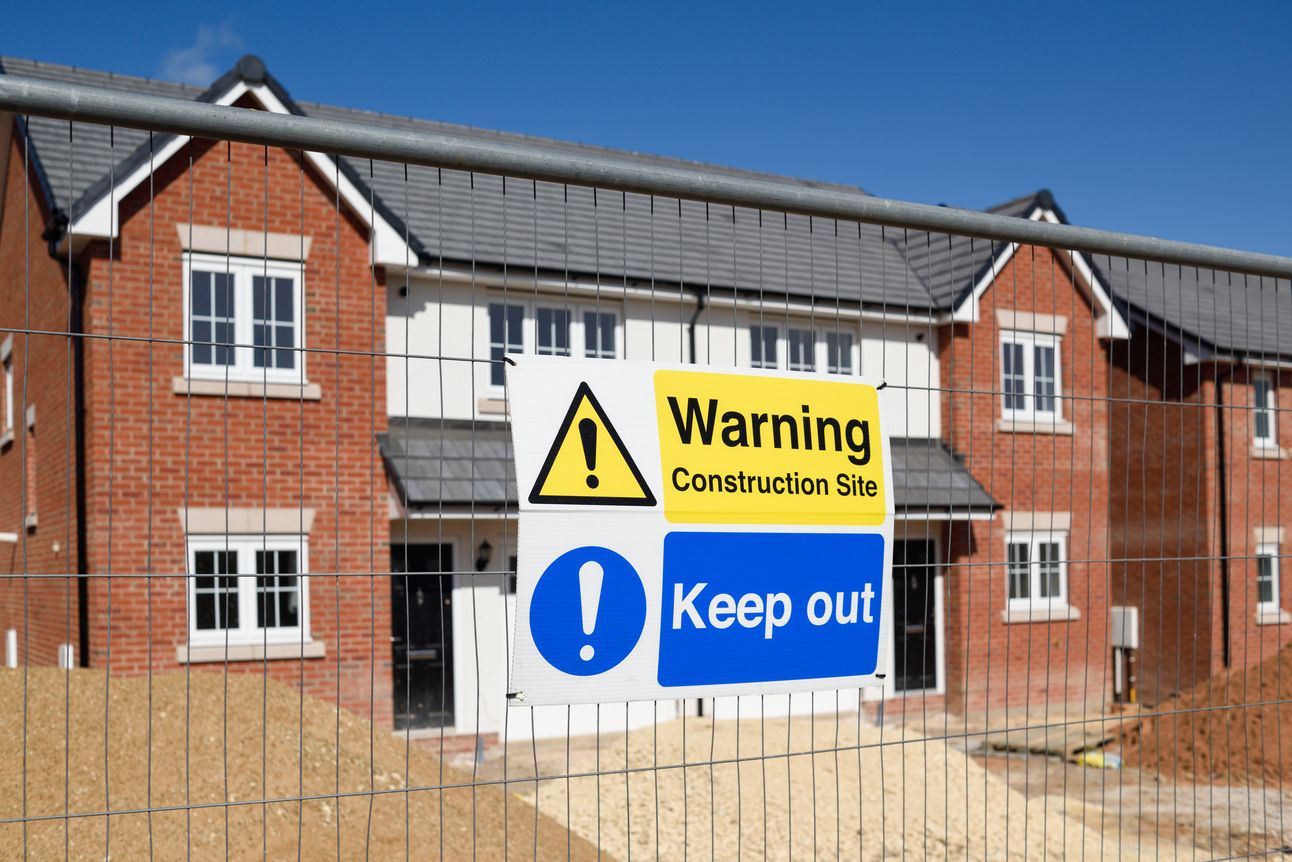In the United Kingdom, building regulations play a crucial role in ensuring that residential properties are safe, sustainable, and efficient in their use of resources, particularly water. These regulations are designed to promote water conservation, safeguard public health, and protect the environment.

Part G: Sanitation, Hot Water Safety, and Water Efficiency
Part G of the Building Regulations specifically addresses water-related provisions in residential buildings. It encompasses several key areas:
Cold Water Supply: Ensuring a wholesome supply of water for drinking and other domestic purposes.
Water Efficiency: Mandating measures to reduce water consumption within dwellings.
Hot Water Supply and Systems: Setting standards for the installation and safety of hot water systems to prevent scalding and other hazards.
Sanitary Conveniences and Washing Facilities: Requiring adequate provision of toilets, baths, showers, and washbasins.
Bathrooms: Specifying requirements for bathroom facilities in dwellings.
Food Preparation Areas: Ensuring that areas for food preparation have suitable water supply and drainage.
These comprehensive guidelines are detailed in the Approved Document G, which provides practical guidance on compliance with the regulations.
Water Efficiency Requirements
To promote water conservation, the regulations stipulate that the average water consumption for new dwellings should not exceed 125 litres per person per day. However, local planning authorities may impose stricter standards, reducing this limit to 110 litres per person per day in areas facing water scarcity. Compliance can be demonstrated by following the fittings-based approach outlined in the regulations or by performing detailed calculations using the Water Efficiency Calculator for New Dwellings.

An aerator is officially called a foam jet nozzle and is designed to save water.
Hot Water Safety
To prevent scalding, especially among vulnerable populations such as children and the elderly, the regulations mandate that the temperature of hot water from basin taps in new homes should not exceed 48°C. At the same time, water stored in cylinders must be maintained at a minimum of 60°C to inhibit the growth of harmful bacteria like Legionella.
Drainage and Waste Disposal
Part H of the Building Regulations addresses drainage and waste disposal, ensuring that systems are designed to carry wastewater away from the property effectively. This includes provisions for foul water drainage, rainwater drainage, and the proper installation of cesspools or septic tanks where necessary. The goal is to prevent contamination and maintain sanitary conditions within residential areas.
Compliance and Enforcement
Enforcement of these regulations is carried out by Building Control bodies, including Local Authority Building Control (LABC) and the National House Building Council (NHBC). They are responsible for ensuring that new constructions and significant renovations adhere to the stipulated standards. Non-compliance can lead to legal consequences and may necessitate costly remedial work.

Water meters of cold and hot water consumption
Sustainable Practices and Future Considerations
Beyond mere compliance, there is a growing emphasis on incorporating sustainable water management practices in residential properties. This includes the use of rainwater harvesting systems, greywater recycling, and the installation of water-efficient fixtures and appliances. Such measures not only help in meeting regulatory requirements but also contribute to environmental conservation and can lead to cost savings for homeowners.
In conclusion, UK building regulations concerning water in residential properties are comprehensive, aiming to ensure safety, efficiency, and sustainability. Adherence to these regulations is essential for developers, builders, and homeowners alike, fostering the development of homes that are fit for the future.
Are you wondering about how building regulations for commercial property differ from those for residential property. In the next issue of Water Matters we will discuss the UK building standards for commercial property. To ensure you get the latest news on water sustainability and construction you need to subscribe to watermatters.life.




